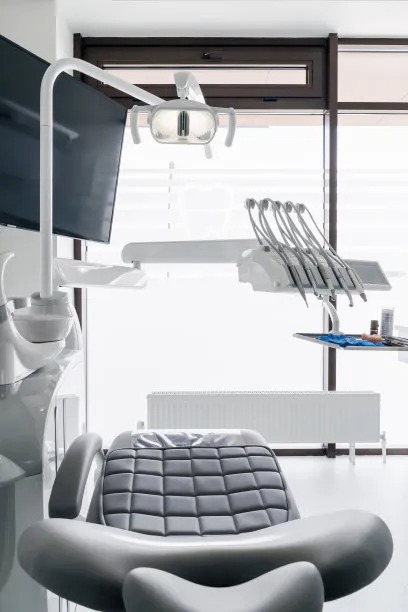Essential Precautions to Take Before and After Your Dental Filling Procedure for Optimal Recovery and Care
Summary: Dental fillings are essential for maintaining oral health, but proper preparation and aftercare are crucial for optimal recovery. This article discusses essential precautions to take before and after your dental filling procedure. We will explore steps to guide you throughout the process, including preparing for the procedure, understanding aftercare instructions, managing discomfort, and scheduling follow-up visits. By adhering to these recommendations, you can ensure a smooth recovery and enhance the longevity of your dental fillings.
1. Preparing for Your Dental Filling Procedure

The first step is to ensure that you have a clear understanding of the dental filling procedure. Schedule a consultation with your dentist to discuss the filling materials, potential side effects, and the overall process. This conversation will help clarify any questions you may have and set realistic expectations for your treatment.
Next, assess your medication usage. Inform your dentist about any medications, including over-the-counter drugs, that you are currently taking. Certain medications may affect your healing process or the effectiveness of anesthetics. Your dentist may recommend adjustments or precautions based on your health history.
Lastly, plan your day accordingly. It is wise to arrange for someone to drive you home after the procedure if sedation is involved. Also, try to schedule the filling on a day when you can rest afterward, minimizing physical activities for optimal recovery.
2. Understanding Aftercare Instructions
After receiving a dental filling, its crucial to adhere to your dentists aftercare instructions for a smooth recovery. Initially, avoid chewing on the side of the mouth where the filling was placed until it has fully set. This can prevent damage to the filling and help you avoid discomfort.
Moreover, be mindful of what you eat in the days following your procedure. Stick to soft, bland foods that won鈥檛 irritate the dental area. Avoid sticky or hard candies that can dislodge the filling or cause pain. Staying hydrated is essential, so drinking plenty of water and avoiding acidic drinks can aid your recovery.
Additionally, taking pain relief medication as prescribed can help manage any discomfort after the procedure. However, consult your dentist before taking any new medications. It鈥檚 essential to adhere to their guidance for a proper recovery.
3. Managing Discomfort and Possible Side Effects
After your dental filling, experiencing some discomfort or sensitivity is common. Understanding how to manage this discomfort is important for your recovery. Over-the-counter pain relievers, such as ibuprofen or acetaminophen, can be effective in relieving pain. Always follow the dosage guidelines and consult your dentist if you have concerns.
Moreover, it is essential to keep an eye on your sensitivity levels. If you notice heightened sensitivity to hot, cold, or sweet stimuli beyond a few days, you should contact your dentist for advice. This may indicate that the filling needs adjustment or there may be an underlying issue.
Lastly, practice good oral hygiene even after your filling. Brushing gently and using a non-abrasive toothpaste can help shield the sensitive area while promoting healing. Maintaining a routine of swishing with warm saltwater may also reduce inflammation and improve healing.
4. Scheduling Follow-Up Visits for Care
Scheduling a follow-up visit with your dentist is an essential aspect of your post-filling care. Most dentists recommend a follow-up appointment within a few weeks after the filling. This allows them to check the accuracy of the filling and ensure proper bite alignment.
During your follow-up visit, discuss any lingering discomfort or issues you may be experiencing. Your dentist is best equipped to address any concerns you have and can provide guidance tailored specifically to your needs. Open communication will assist in maintaining your oral health and the longevity of your filling.
Furthermore, it鈥檚 wise to continue regular dental check-ups as recommended by your dentist. These routine visits allow for proactive monitoring of your dental health and preventative care, potentially averting future dental issues and enhancing your smiles durability.
Summary:
In summary, preparing for and caring for yourself after a dental filling is vital for your recovery. By understanding the importance of preparation, aftercare instructions, managing discomfort, and following up with your dentist, you can significantly enhance your dental health. Following these essential precautions will ensure a smooth experience and optimal long-term results.
This article is compiled by Vickong Dental and the content is for reference only.



